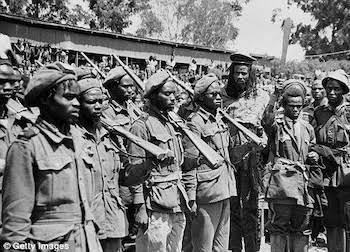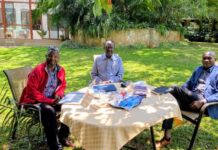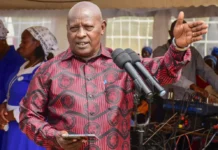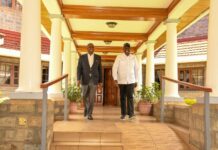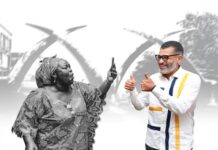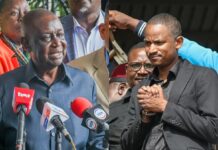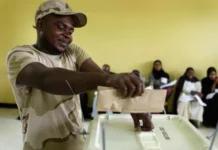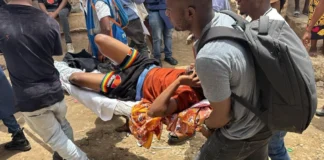The Mau Mau Uprising, often defined by its fierce opposition to British colonial rule, was fueled by the Kenya Land and Freedom Army (KLFA), an organization primarily composed of the Kikuyu, Meru, and Embu communities, along with contributions from the Kamba and Maasai peoples.
Emerging in response to decades of dispossession, economic exploitation, and social disenfranchisement, the KLFA was integral to the national movement that sought to dismantle colonial structures and restore land to its rightful owners.
The push for political representation began earnestly on October 1, 1944, with the formation of the Kenya African Study Union (KASU), led by Harry Thuku.
However, internal conflicts and the appeal for more militant action led to the organization’s transition into a more resolute group: the Kenya African Union (KAU) in 1946.
The foundation for the liberation movement was set, with participation from many ex-soldiers returning from combat in World War II—a group largely ignored by colonial authorities upon their return.
Their sacrifices juxtaposed against the accolades awarded to British veterans fueled discontent and spurred a desire for justice.
The Uprising gained traction, culminating in intense confrontations between Mau Mau fighters and British colonial forces, marked by a brutal response from the latter.
As the conflict escalated, the British resorted to tactics learned during the Malayan Emergency, including attempts to divide and exploit internal factions within the movement, as highlighted by General Sir Frank Kitson in his accounts of “Gangs and Counter-gangs.”
Such strategies not only suppressed the rebellion but also deepened the rifts within the Kikuyu community, resulting in tragic consequences for countless individuals and families.
The eventual capture of Field Marshal Dedan Kimathi on October 21, 1956, marked a significant turning point in the rebellion, though the fight for independence continued, underscored by the efforts of resilient leaders such as Field Marshal Musa Mwariama and General Baimungi.
Despite the ultimate defeat of the Mau Mau, their legacy endured, intertwining with the broader narrative of Kenya’s eventual independence in 1963.
The sacrifices made during this tumultuous period were immense, with estimates of casualties exceeding 11,000 among Mau Mau fighters and others involved.
The methods employed by colonial authorities, including 1,090 executions—the highest wartime use of capital punishment by the British Empire—serve as a somber reminder of the price paid for freedom in Kenya.
As we commemorate Mashujaa Day, let us pay tribute to the courage and resilience of our national heroes.
Their struggles and sacrifices paved the way for the freedoms we cherish today. In honoring their legacy, we reaffirm our commitment to ensuring that the ideals of unity, justice, and representation remain at the forefront of our national discourse.









